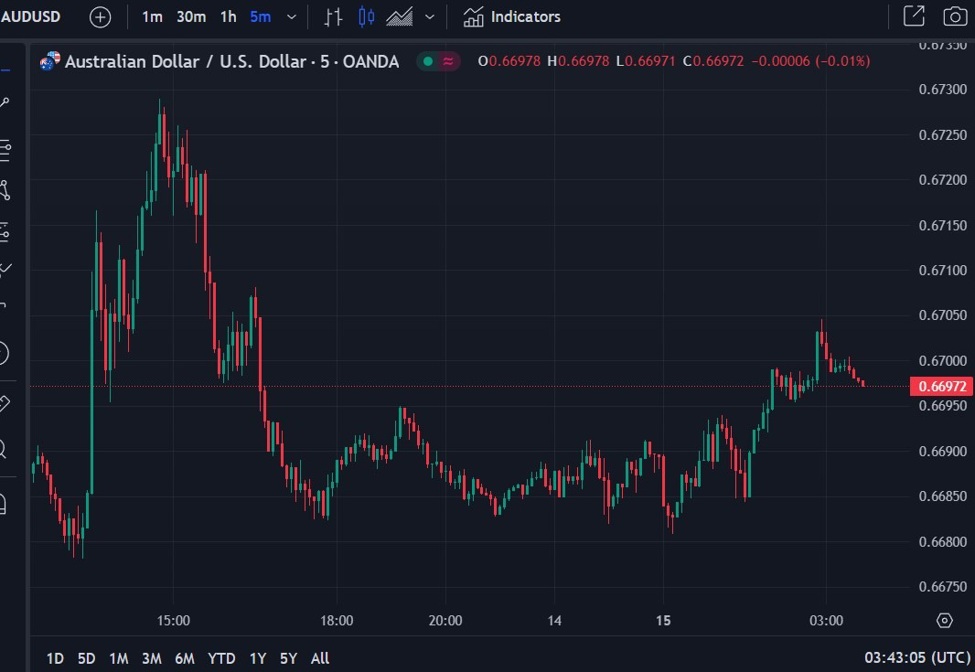Afghanistan Key Message Update May 2024: Flash floods impact household access to livelihoods in northern and western Afghanistan, 2024 – Afghanistan | ReliefWeb
Skip to main content
Afghanistan
Key Messages
- Widespread (IPC Phase 3) outcomes are ongoing in Afghanistan’s northern, western, and central highlands due to the slow recovery from past recurrent droughts and macroeconomic factors resulting in lower purchasing capacity and the early depletion of food stocks from last year’s harvest. In May, deadly floods severely impacted household access to food and income in northern parts of the country, particularly Baghlan, Faryab, and Ghor provinces. However, the start of the wheat harvest in the eastern and southern parts of the country is improving household access to food and income. Across Afghanistan, labor opportunities and wages remain constrained due to economic stagnation, which is being exacerbated by increased competition following the return of nearly 600,000 Afghani from Pakistan and Iran since September 2023, particularly in the urban areas of Kandahar, Nangarhar and Kunar provinces, and a general decline in remittances from Iran. However, the start of the wheat harvest in the coming months is expected to improve rural food access and further lower food prices in urban areas.
- In May, heavy rainfall and flooding resulted in widespread destruction, severely impacting household access to food and income in the western and northern parts of the country. Baghlan province, in particular, was one of the most affected provinces, where hundreds of people were killed and many livestock were lost. According to OCHA and the local media, over 6,000 people were displaced and lost access to their typical livelihood activities. In Baghlan province, Baghlan Markazi, Pulkhomri, and Burqa districts are among the worst affected by the flooding. Similarly, Badakhshan and Ghor experienced flash floods that affected around 8,000 people and reportedly killed around 3,000 livestock. Relief organizations and local charity organizations have already started to respond and provide food, shelter, and emergency relief assistance in these provinces using accessible roads.
- According to FEWS NET field observations, the first wheat harvest for the 2023/24 agriculture season started on time in the eastern and southern parts of the country. However, the harvest is likely to be below-average following the dry start to the winter precipitation season, which delayed planting, while a historically wet April and May lead to heavy rainfall and flooding that damaged crops right before the harvest. In early June, the wheat harvest typically starts in the lowlands of the northern, northeastern, and western parts of Afghanistan and is likely to be near average following favorable precipitation from late March through April.
- In April 2024, staple food prices in Afghanistan remained stable, supported by the ongoing and stable supply of imports, stability of the Afghani currency against the USD, and anticipation of increased market supply with the start of the wheat harvest. In April, wheat flour retailed for 27-31 AFN/kg, around 22-27 percent lower than last year. However, limited access to labor opportunities (~2 days per week) and low wages (~4.35 USD per day) keep household purchasing capacity low, limiting household food access and market demand. Relatedly, OCHA reported in May that recent returnees primarily borrow food or money or sell household assets for income to access food due to the limited access to labor opportunities.

